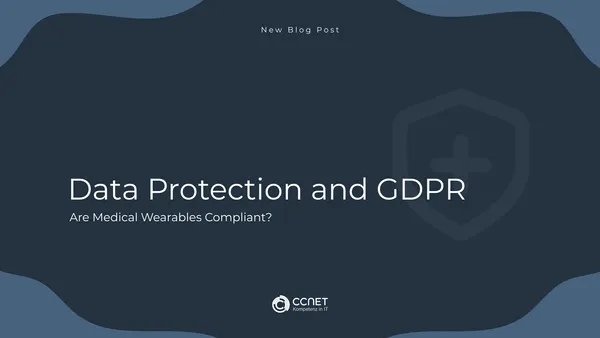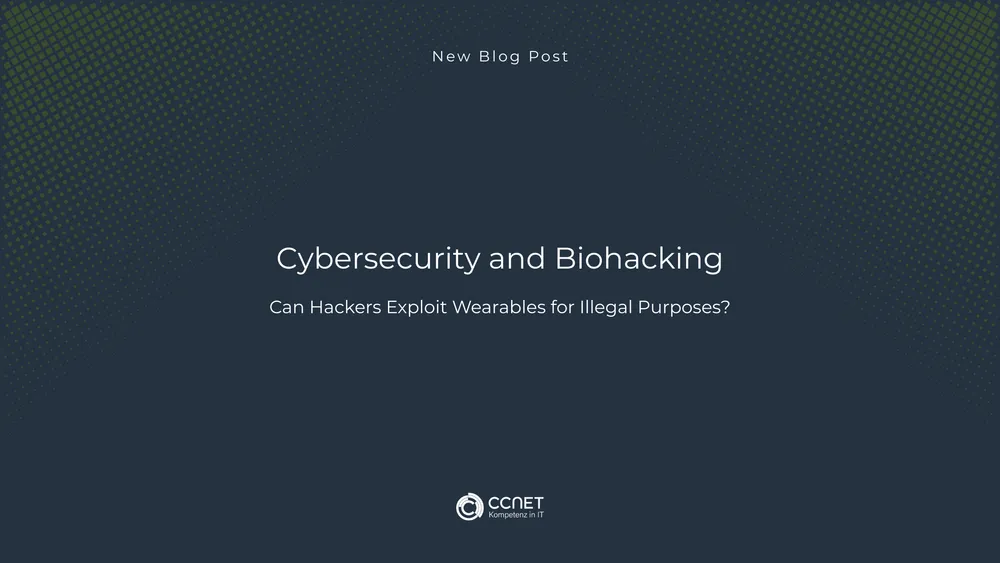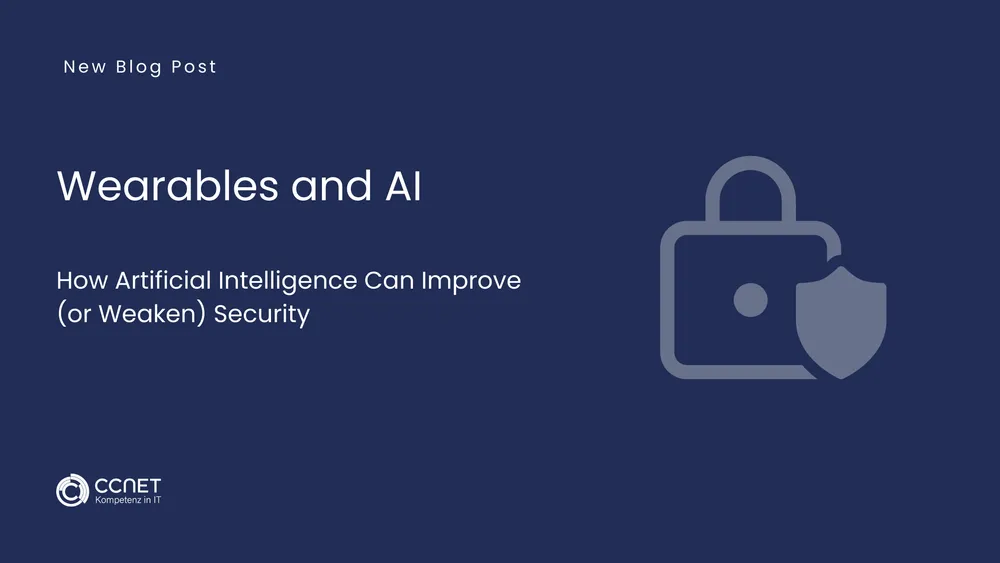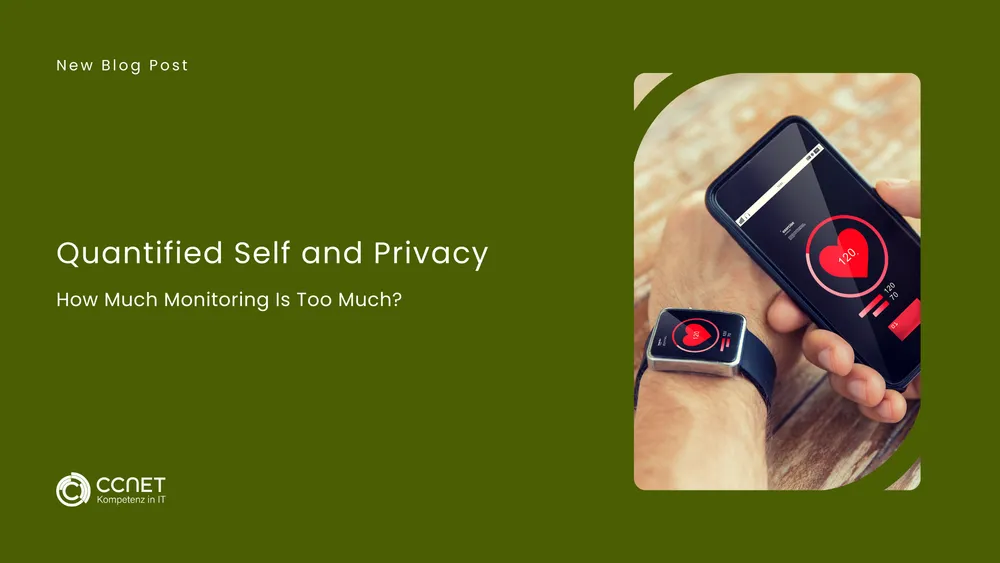
CCNet
Jun 20, 2025 • 2 min read

Data Protection and GDPR: Are medical Wearables compliant?
The General Data Protection Regulation (GDPR) imposes strict requirements on the processing of personal data—especially in the healthcare sector. Medical wearables collect and store sensitive information about users’ health conditions, which means they are subject to particularly stringent privacy regulations. But how compliant are wearables with the GDPR, and what measures must manufacturers and users take to meet legal requirements?
1. Why Does the GDPR Apply to Medical Wearables?
Medical wearables collect a wide range of sensitive data, including:
- Vital signs such as heart rate and blood pressure
- Sleep and movement patterns
- Medical history and overall health status
- Location and activity data
Under the GDPR, health data is classified as highly sensitive, and its processing is only permitted under strict conditions. Companies that develop or use wearables must implement specific safeguards to ensure GDPR-compliant data handling.
2. What Are the Privacy Issues with Wearables?
a) Lack of User Consent
Many wearables collect data automatically, often without explicit and informed user consent. According to the GDPR, consent must be freely given, specific, informed, and unambiguous.
b) Nontransparent Data Processing
It is often unclear which data is collected, stored, and shared with third parties. Vague privacy policies and complex terms of service make it difficult for users to make informed decisions.
c) Data Storage and Transfer
Some wearables store health data in unencrypted form or transmit it to servers located outside the EU, which may violate GDPR requirements.
d) Inadequate Data Deletion Policies
The GDPR mandates that personal data must be deleted once it is no longer needed. However, many providers lack clear deletion procedures or do not offer users a way to fully remove their data.
3. Measures for GDPR Compliance
To meet GDPR requirements, both manufacturers and users must take several essential steps:
- Obtain explicit and informed consent: Users must be clearly informed about what data is collected and how it is processed.
- Apply data minimization principles: Only data necessary for the intended purpose should be collected and stored.
- Ensure secure storage and encryption: Health data must be encrypted during storage and transmission.
- Enable data access and deletion: Users should have access to their stored data at any time and be given the ability to delete it.
- Provide transparent privacy policies: Companies should write their privacy policies in clear, understandable language and disclose how the data is handled.
Conclusion: Strict Requirements Demand Careful Implementation
The GDPR sets high standards for the protection of health data in medical wearables. Manufacturers are obligated to fully comply with legal requirements to avoid violations and costly penalties. Users should be aware of what data they share and understand their rights regarding their personal information.
In the next article, we will explore a related topic:
“Medical Device or Lifestyle Gadget? The Regulatory Grey Area of Wearables.”
FAQ about Wearables
What personal data do medical wearables collect?
They capture highly sensitive information such as heart rate, blood oxygen levels, sleep patterns, location data, activity profiles, and medical histories.
Why are these data particularly critical?
Because they reveal detailed insights into a user’s health and behavior and can be misused for targeted advertising, insurance decisions, or identity theft.
How can health data be exposed?
Through insecure transmissions, poorly protected cloud storage, opaque privacy policies, or outdated software.
What role does GDPR play in wearables?
The GDPR requires special protection of health data. Manufacturers must ensure data minimization, purpose limitation, and transparency, and users must give explicit consent.
What protective measures should users take?
Use end-to-end encryption, limit app permissions, keep devices updated, practice data minimization, and choose providers with transparent privacy practices.
What responsibilities do manufacturers have?
They must implement privacy and security by design, provide clear policies, release timely updates, and ensure secure cloud and API integrations.


